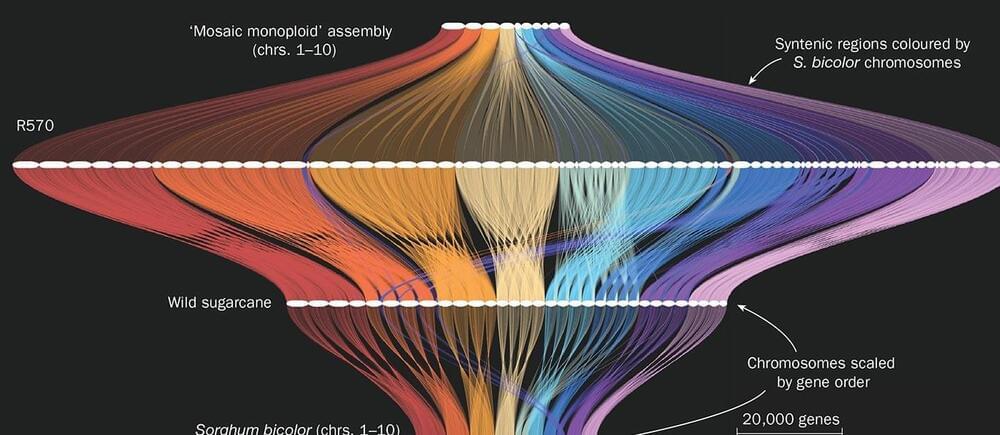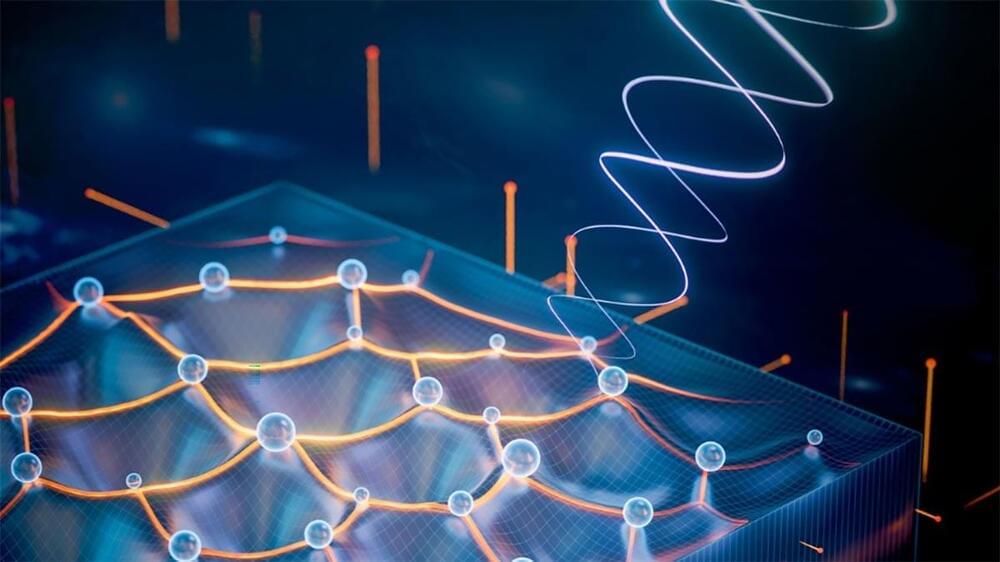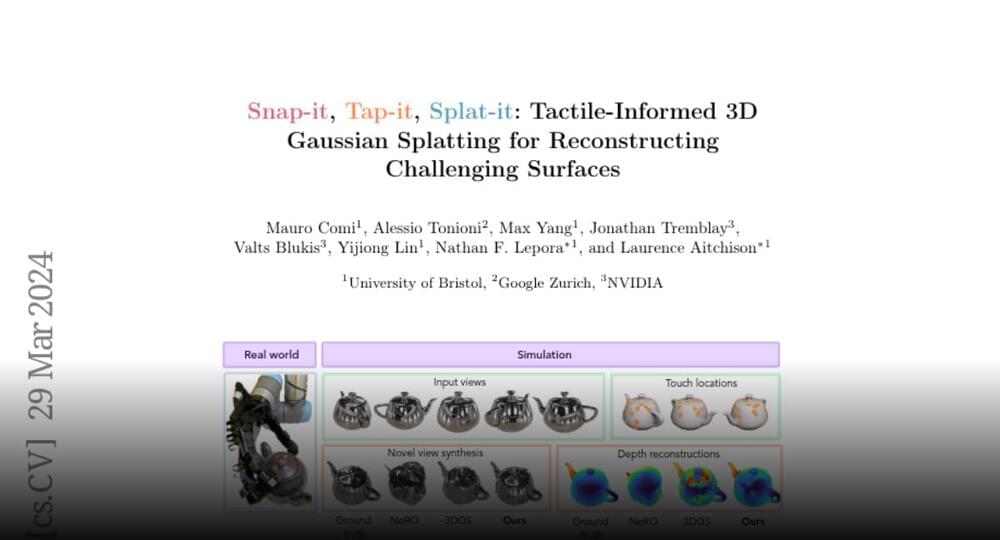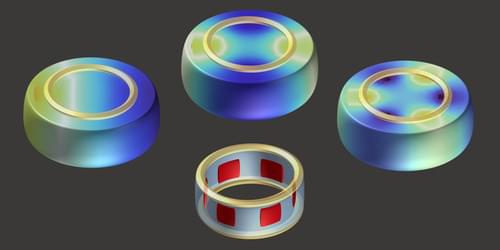The results, continuing the legacy of late Columbia professor Aron Pinczuk, are a step toward a better understanding of gravity.
A team of scientists from Columbia, Nanjing University, Princeton, and the University of Munster, writing in the journal Nature, have presented the first experimental evidence of collective excitations with spin called chiral graviton modes (CGMs) in a semiconducting material.
A CGM appears to be similar to a graviton, a yet-to-be-discovered elementary particle better known in high-energy quantum physics for hypothetically giving rise to gravity, one of the fundamental forces in the universe, whose ultimate cause remains mysterious.









